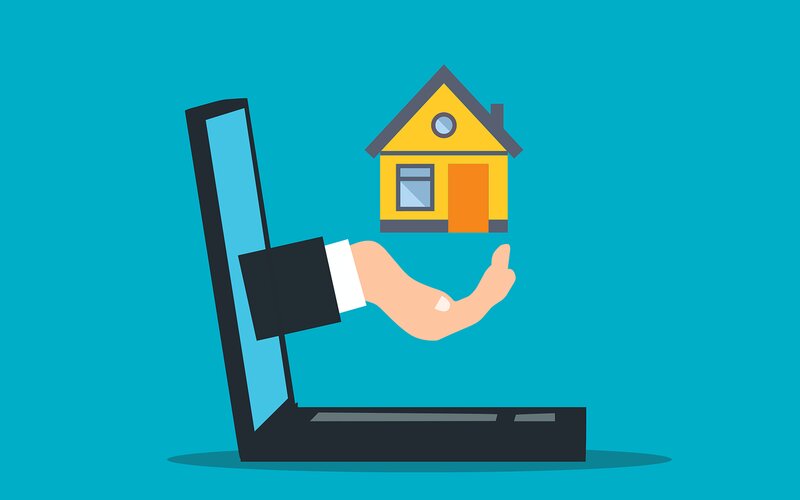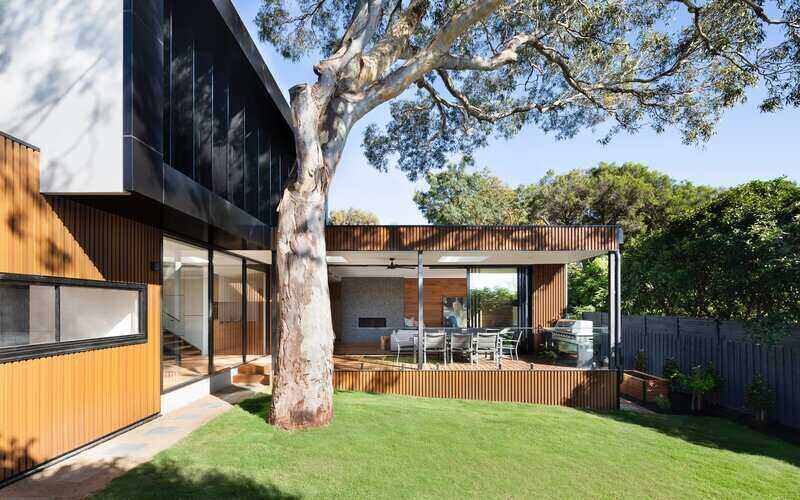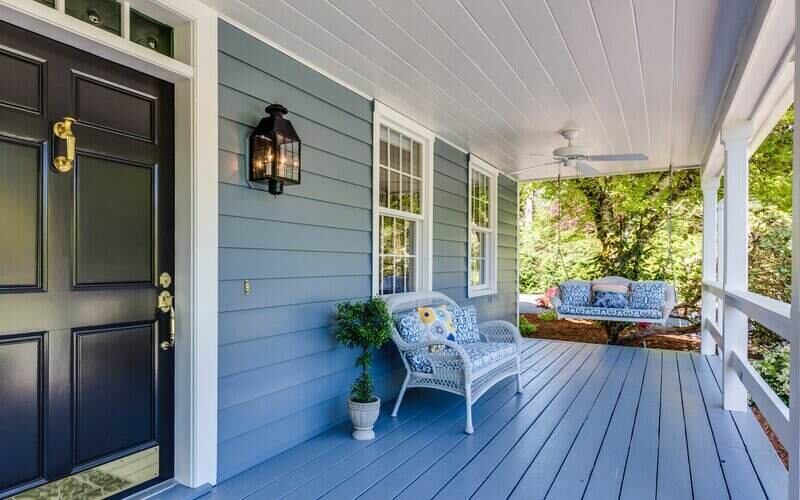Over the December quarter, the value of limited-recourse borrowing arrangements (LRBAs) increased by almost $3 billion to $65.8 billion according to the ATO.
The latest figures revealed that the value of property held within self-managed super funds (SMSFs) rose to a record $140 billion.
Specifically, the value of non-residential property rose by $4 billion to $91.5 billion, and the value of residential property rose by around $2 billion to $48.9 billion.
Chartered accountant Dr Adrian Raftery, also known as 'Mr Taxman', said there are many reasons for this, but that the super industry has grown substantially in general.
"All SMSFs across Australia have increased total assets by almost $200 billion since December 2017, so it is not unexpected to see an increase in property investments as well as LRBA borrowings," Dr Raftery told Savings.com.au.
"Even in down times, the super pool will still go up by the 10% employer contributions being made in every pay run across the country."
According to Dr Raftery, super is now the largest asset in many households other than the family home.
"Many SMSF trustees get spooked by the stock market yet are comfortable with property; more particularly, they are extremely relaxed with the concept of borrowing money in order to help fund a property purchase," Dr Raftery said.
"Whilst the $66 billion LRBA figure does look substantial, it should be pointed out that it represents just 46% of property held in SMSFs - $141 billion - and only 7.5% of total assets held in SMSF - $876 billion – rather small when compared to the owner-occupier housing market."
This means that 54% of properties within SMSFs are not tied to an LRBA.
James Austin, Chief Financial Officer at Firstmac, said investing in residential real estate through an SMSF is popular for a few reasons.
"Investment of superannuation funds into residential real estate is increasingly popular given the relative stability of housing prices, and the tax advantages associated with superannuation," Mr Austin told Savings.com.au.
What could this mean for the housing market?
Dr Raftery said there are two great fears of LRBAs.
"[The first fear] is not so much the overall total value in dollar terms rising, but the actual loan-to-value ratio (LVR) rising too much [to the point where] an SMSF needs to liquidate an asset in a panic, [which could create] a secondary effect on the stability of the housing market," he said.
However, he said this should not be an issue, as borrowing levels are 50% or less of the property's value.
"Secondly, there is a fear that SMSFs are pricing out young Australians from owning their own home," Dr Raftery said.
"Although there is $48 billion invested by SMSFs in residential property, this is quite low compared to the overall Australian property market and it should be noted that the growth rate in the past four years for this sector is a lot lower than other SMSF asset classes."
Overall, SMSFs mainly dabble in commercial real estate, representing two thirds of the total SMSF property investment portfolio.
"I see this is a positive sign that small businesses - by some considered the heartbeat of the Australian economy - is active, particularly across the local communities," Dr Raftery said.
"It would be more worrisome for the overall economy if non-residential property investment was declining.
"We are starting to see a shortage of commercial property stock in some places and, as a result, values have increased; clearly been a good investment for some SMSFs who bought in early before the boom."
Advertisement
Looking to take control of your retirement? This table below features SMSF loans with some of the most competitive interest rates on the market.
| Lender | Home Loan | Interest Rate | Comparison Rate* | Monthly Repayment | Repayment type | Rate Type | Offset | Redraw | Ongoing Fees | Upfront Fees | Max LVR | Lump Sum Repayment | Additional Repayments | Split Loan Option | Tags | Row Tags | Features | Link | Compare | Promoted Product | Disclosure |
|---|---|---|---|---|---|---|---|---|---|---|---|---|---|---|---|---|---|---|---|---|---|
6.74% p.a. | 6.76% p.a. | $3,240 | Principal & Interest | Variable | $null | $230 | 70% |
| Promoted | Disclosure | |||||||||||
6.99% p.a. | 7.04% p.a. | $3,323 | Principal & Interest | Variable | $0 | $220 | 70% | Disclosure | |||||||||||||
7.44% p.a. | 7.49% p.a. | $3,476 | Principal & Interest | Variable | $395 | $null | 60% | ||||||||||||||
7.49% p.a. | 7.54% p.a. | $3,493 | Principal & Interest | Variable | $0 | $221 | 80% | Disclosure | |||||||||||||
7.00% p.a. | 7.41% p.a. | $3,327 | Principal & Interest | Variable | $30 | $825 | 80% | ||||||||||||||
6.84% p.a. | – | $3,273 | Principal & Interest | Variable | $0 | $995 | 80% | ||||||||||||||
7.24% p.a. | 7.26% p.a. | $3,407 | Principal & Interest | Variable | $0 | $230 | 80% |
| Promoted | Disclosure |
Image by City of Gold Coast on Unsplash

Ready, Set, Buy!
Learn everything you need to know about buying property – from choosing the right property and home loan, to the purchasing process, tips to save money and more!
With bonus Q&A sheet and Crossword!








 Harrison Astbury
Harrison Astbury
 Denise Raward
Denise Raward

 Harry O'Sullivan
Harry O'Sullivan
 Rachel Horan
Rachel Horan

